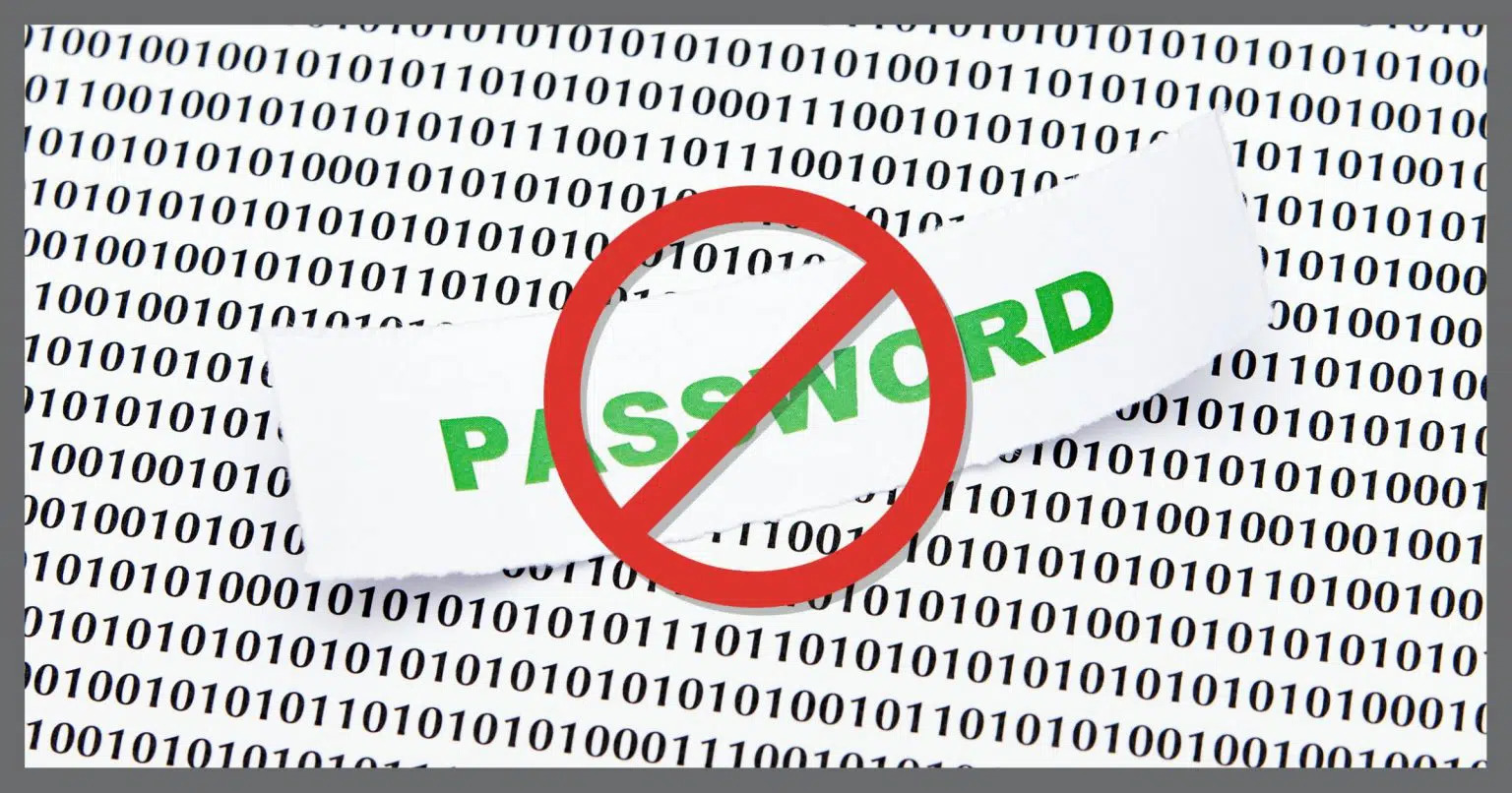Whether they sell most of their products online or at retail stores, brands must take steps to protect their customers’ data and finances against various cybersecurity threats, including malware attacks, identity thieves, and other malicious actors. Fortunately, the cyber security industry is always evolving to keep pace with its competition. To prepare you for the future, let’s break down a few key 2022 cybersecurity threats and trends to keep an eye on.
More Ransomware
Ransomware has comprised the bulk of attacks during the rise of security threats following the pandemic. In a ransomware attack, a virus or program holds important files hostage unless the victim of the attack pays a certain amount, typically in cryptocurrency.
Ransomware attacks can be very damaging and dangerous for large organizations that hold important customer information in their data archives. As this is an easy way to receive a payout in crypto tokens, more cybercriminals than ever are using ransomware attacks to steal money or force companies to do what they want.
Unfortunately, many ransomware attacks are a result of employees opening improper files or other avoidable cyber breaches. As ransomware attacks increase, many organizations may improve their cyber security measures and policies to specifically counteract these threats.
Security-as-a-Service
Throughout 2022 and beyond, security-as-a-service or SaaS organizations and platforms will continue to grow and become more popular. Many such businesses have become important to larger companies since they provide advanced, modular, and always-updated technologies intended to intercept and/or prevent malware and ransomware hazards.
Security-as-a-service platforms primarily operate via cloud technology. In this manner, organizations can sign up for SaaS platforms and companies and receive cutting-edge, ready-to-go cyber security solutions for their brands without having to hire in-house cyber security experts or IT technicians.
Given the increased importance of cyber security overall, SaaS brands will likely become even more popular and ubiquitous as time goes on.
Increased Geo-Targeting Phishing
In terms of digital threats, geo-targeted phishing attacks have become more common in 2022 and may become more common in 2023. Phishing scams are arguably the largest overall cyber threat that the IT industry faces, with 1 in every 99 emails sent out each day being a phishing email.
In a nutshell, a phishing scam involves an employee or customer opening a suspicious email or performing some other innocuous task. But the email or task is really a vector for a virus, which then allows a hacker or virus creator to do what they want.
Recently, phishing scams have begun targeting individuals and organizations based on location. For example, they may use customer geo-locations to make custom phishing websites or emails. These can sometimes make phishing scams seem more legitimate and therefore more dangerous. Organizations will need to adopt new defenses against phishing scams to stay cyber-safe.
Vulnerabilities in the IoT
The Internet of things or IoT is an important innovation, but it also comes with its own host of vulnerabilities. Many IoT devices have basic security issues that manufacturers have so far ignored or avoided.
Unfortunately, these security issues act as backdoors or easy entry points for cyber criminals and hackers. For example, a hacker could use an IoT refrigerator or vacuum cleaner to gain access to a home’s network, security system, financial data, and more.
Although confidence in the IoT is still high, 2022 and 2023 could see a rise in IoT vulnerabilities and security breaches. Over time, this could lead to new IoT devices being manufactured with standard cyber security defenses or features.
Standardization of Multi-Factor Authentication
Multi-factor authentication is rapidly becoming ubiquitous across many industries, and for a good reason. With multi-factor authentication, it’s much harder for a single bad actor or hacker to get into a closed system, steal critical or sensitive information, and more.
Multi-factor authentication relies on using several means of education before permitting access to a secure system, such as a password and a fingerprint. We’re already seeing websites like banking sites implementing multi-factor authentication as standard practices.
But throughout the rest of this year and in the future, multi-factor authentication may become a standard practice within company networks, such as the networks of medical organizations, when employees verify sensitive patient data. Or it may be used with online purchases to prevent identity theft and to stop hackers from using stolen funds.
Focus on Mobile Cybersecurity Threats
In addition to the above trends, we’ll likely see hackers and cyber criminals pivot to focus more on mobile viruses and other cyber threats. Because over half of all Internet traffic comes from mobile devices, those devices are oftentimes easy ways to get access to customer data, steal currency, and more.
Thus, users may need to install antivirus software on their phones and be careful about the sites they visit while browsing on a mobile device. Furthermore, companies may need to impose restrictions on their employees regarding accessing company data on smartphones and tablets.
Over the next few years, virus attacks against organizations and individuals alike could primarily come from mobile devices rather than desktop or laptop computers.
Tighter Cybersecurity Regulations & Employee Restrictions
Lastly, cyber security regulations will likely become even more strict and ubiquitous across industries. This is partially due to legislation like the GDPR, which imposes heavy fines and penalties on companies that don’t adequately protect their customers’ personal data and information. Due to these legislative trends, companies are practically forced to funnel more of their income toward cyber security and data organization practices.
To reduce the risk of identity theft and data breaches, companies may impose further employee restrictions regarding who can and cannot access critical data. Organizations may further hold cyber security seminars or distribute educational materials to their employees. These can help employees recognize phishing scams, for example, or avoid other digital hazards that could have dangerous ramifications.
All in all, future cyber security will be just as important – if not more – than it is today. Be sure to protect your business with modern cyber security tools and platforms, and consider educating your employees about cyber security threats to firm up your digital defenses.




